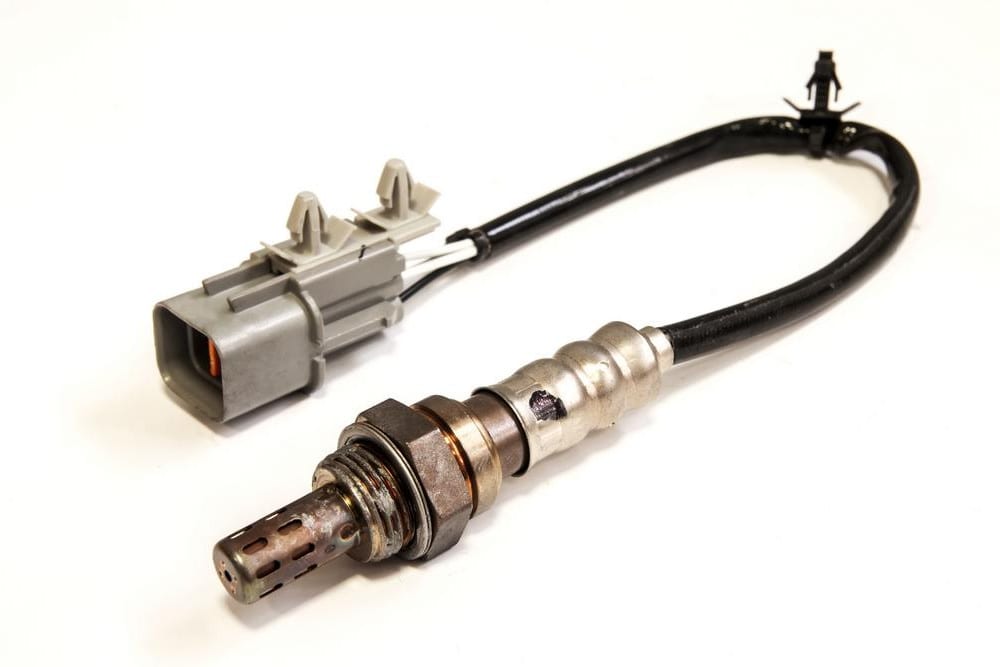

The sensors installed on your vehicle are designed to continuously collect and relay data from various systems to the on board computer. As your engine runs, heat builds up under the hood. In fact, it's estimated that temperatures inside the engine bay can eclipse 200 degrees in some occasions. Although they have improved in construction, design, and are much more sturdy, sensors can fail on occasion. Since car sensors relay important information, if they don’t work correctly, or are damaged due to exposure they may send faulty information or none at all. The result is that the car may not start, doesn’t run as well, or even leave you stranded.
Keeping the sensors clean can extend their use and prevent damage. There are many ways that engineers ensure that sensors are protected. Noted below are a few of the common ways automotive manufacturers ensure the sensors are kept from harm and high heat.
Protected by Design
Some sensors, such as the coolant sensor, are placed in an area where they are less likely to come in contact with dust or other debris. This sensor is located on the cylinder head, or sometimes the intake manifold.
Other sensors are located in a precarious area, and prone to exposure by exhaust, dust, and debris. These sensors need a special design to protect them from these elements. For instance, the oxygen sensor is built in such a way that it keeps working even when it comes into contact with contaminants. It features a shell with a laser-welded body to keep out all types of contaminants.
With no moving parts, the mass airflow sensor has fewer things that can go wrong with it. The main concern is how dust and contaminants can touch the heating element and prevent it from working.
Protected by Cleaning
Many of the sensors can be maintained by cleaning. When the engine is washed, the dirt and dust are removed. Using safe cleaning fluids allows you to get the sensors clean, so they keep working the way they are supposed to. The throttle position sensor can be cleaned with a solvent and toothbrush. It is important to be careful and mindful of how these sensors are cleaned and maintained. In some cases, using high pressure washers under the hood can cause electrical harnesses to become damaged or detached.
Another sensor that should be cleaned frequently are the wheel speed sensors. Over time and use, wheel speed sensors collect road grime, brake dust, and other debris, which can impact their ability to effectively monitor and relay data to the ABS module, cruise control, and even the transmission. Most professional mechanics agree that the simple act of spraying water behind the wheel rim is the best way to remove debris from wheel speed sensors.
In most cases, you can complete routine service to keep your sensors clean. However, any time you notice a warning light on the dashboard, it is typically due to a sensor malfunction and should not be ignored. Contact a professional technician from YourMechanic to complete a check engine light inspection to determine if sensors are damaged and need to be replaced before major symptoms occur.



